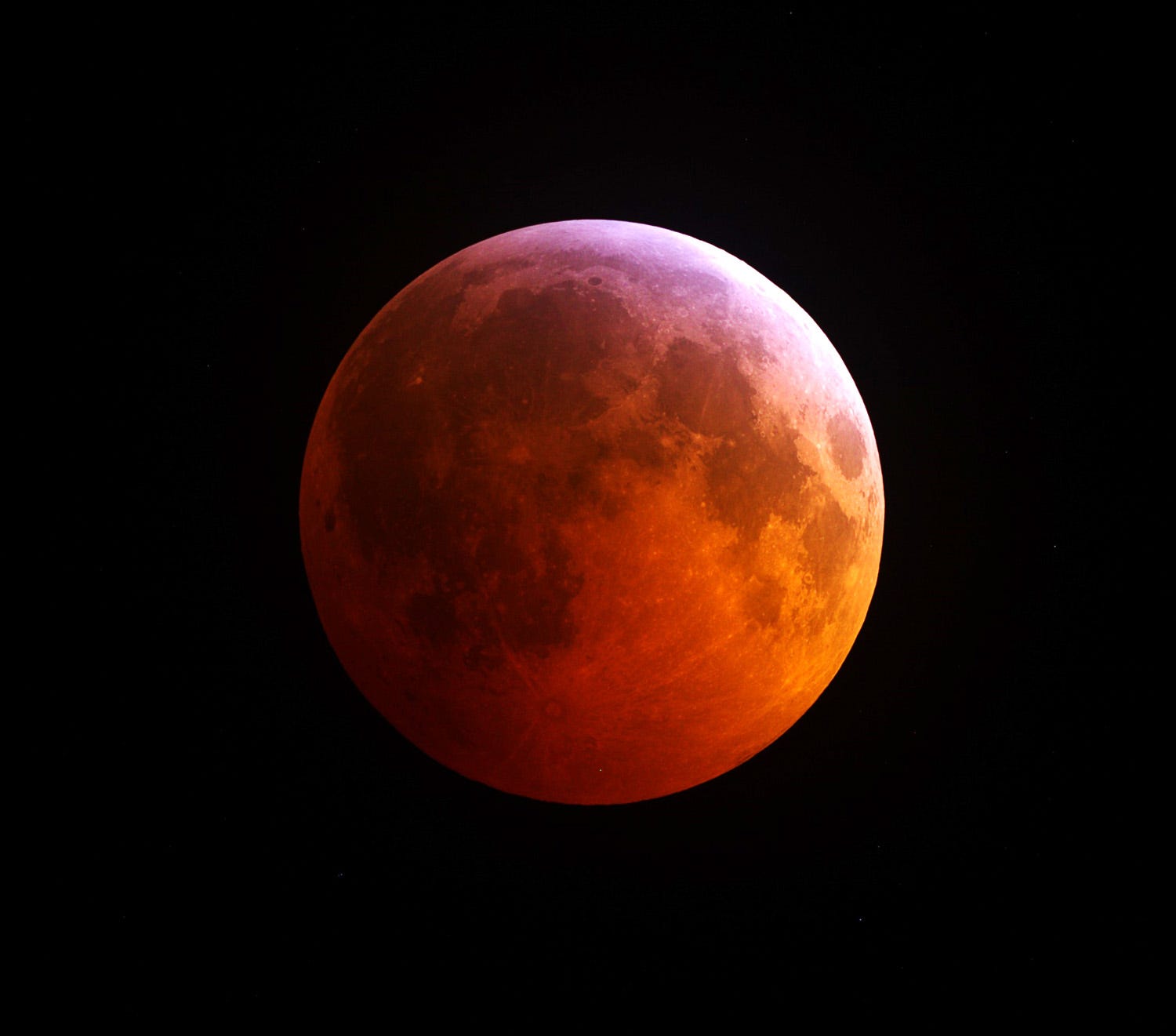
The Moon casts its shadow on Earth's surface during a total solar eclipse. As a result, you are more likely to see a lunar eclipse than a solar eclipse. Lunar eclipses are more widely visible because Earth casts a much larger shadow on the Moon during a lunar eclipse than the Moon casts on Earth during a solar eclipse. Lunar and solar eclipses occur with about equal frequency. Without the tilt, lunar eclipses would occur every month. But lunar eclipses do not occur every month because the Moon's orbit is tilted five degrees from Earth's orbit around the Sun, so most of the time the Moon passes above or below the shadow.
#ECLIPSE LUNAR FULL#
Lunar eclipses can happen only when the Moon is opposite the Sun in the sky, a monthly occurrence we know as a full Moon. When Earth passes directly between Sun and Moon, its shadow creates a lunar eclipse. When the Moon passes between Sun and Earth, the lunar shadow is seen as a solar eclipse on Earth. įrom our perspective on Earth, two types of eclipses occur: lunar, the blocking of the Moon by Earth's shadow, and solar, the obstruction of the Sun by the Moon. The Moon is slightly tinted when it passes through the light outer portion of the shadow, the penumbra, but turns dark red as it passes through the central portion of the shadow, called the umbra. This illustration shows the Moon passing through Earth's shadow during a typical lunar eclipse. What is the difference between a lunar and a solar eclipse? This animation shows the changing appearance of the Moon as it travels into and out of the Earths shadow, along with times at various stages. The Moon is a bit farther from Earth than average, so a ring of sunlight encircles the Moon as it passes between Earth and Sun. Published: On (the night of May 15 in the Western Hemisphere), the Moon enters the Earths shadow, creating a total lunar eclipse, the first since May of 2021. Depending on how much of the Sun is obscured, the sky may turn dusky and temperatures may drop. The Moon covers only part of the Sun, so the Sun remains visible. The Moon passes between Earth and Sun, completely covering the Sun’s disk along a narrow path. The Moon is completely covered by Earth’s dark inner shadow, turning the lunar surface dark orange or red.Įarth’s shadow covers only part of the lunar disk, so it looks as though something has taken a bite out of it. A lunar eclipse occurs when the Moon passes through Earth's shadow, fully or partially darkening the lunar disk. A solar eclipse occurs when the Moon passes between Earth and the Sun, fully or partially obscuring the Sun's disk. The more dust or clouds in the Earth's atmosphere at the time of the eclipse, the more red the moon will appear.An eclipse is the result of the total or partial masking of a celestial body by another along an observer's line of sight. "It's as if all the world's sunrises and sunsets are projected onto the Moon," according to the administration.

Red light, which has longer wavelengths than blue light, is seen during a lunar eclipse because the only sunlight reaching the moon passes through Earth's atmosphere, according to NASA. Rayleigh scattering, the same phenomenon that gives the sky its blue color and makes sunsets red, is what causes the moon to turn red during the eclipse. "Blood moon" is the term to describe the part of the total lunar eclipse in which all the Earth's sunrises and sunsets project onto the moon's surface as it passes through Earth's shadow, darkening it and giving it its crimson color. The lunar eclipse occurs when the sun, Earth and moon align, and the moon passes into Earth's shadow, according to NASA. and all of South America will be able to observe each stage of the lunar eclipse, and totality will be visible in much of Africa, western Europe, Central and South America and most of North America, according to NASA.Ī dark environment away from bright lights will make for the best viewing conditions. Residents in the eastern half of the U.S. Monday, and the penumbral eclipse will end at 2:50 a.m. ET, when the entire moon is inside Earth's umbra and transforms to a coppery-red hue. Totality will begin just before 11:30 p.m. The partial eclipse, when the moon appears to move into the umbra and part of the moon inside the umbra will appear very dark, will occur just before 10:30 p.m. The penumbral eclipse results in only part of the moon going dark. The penumbral eclipse, when the moon is completely immersed in the penumbral cone of the Earth without touching the umbra, the inner part of Earth's shadow, is expected to begin Sunday just after 9:30 p.m.

Stargazers all over the world will have an opportunity to see a blood moon over the weekend as a lunar eclipse moves into Earth's orbit.

#ECLIPSE LUNAR HOW TO#
AccuWeather explains how to see the total blood moon eclipse happening this weekend.


 0 kommentar(er)
0 kommentar(er)
